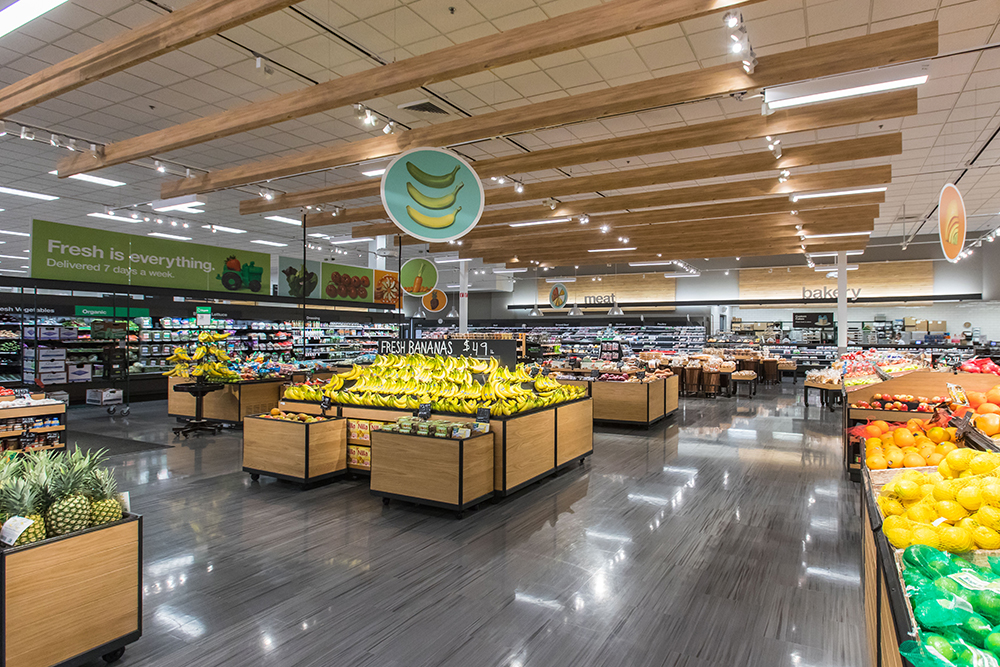Target has announced plans to invest up to $5 billion to continue scaling its operations in 2022 by investing in its physical stores, digital experiences, fulfillment capabilities, and supply chain capacity.
“Years of investment in our team and business have driven our sales beyond $100 billion and positioned Target to meet the needs of our guests no matter how they choose to shop,” said Michael Fiddelke, chief financial officer for Target, in a statement. “We see substantial opportunities to build on our core capabilities to drive deeper guest engagement and long-term growth.”
This year, Target plans to open approximately 30 stores in new neighborhoods. The stores will range in footprint, from mid-size locations in dense suburban areas to small-format stores in city centers like Charleston, South Carolina, and New York’s Times Square.
In addition to new stores, Target will build on the company’s remodel program with 200 top-to-bottom renovations of its existing fleet, reaching more than half the chain since beginning this effort in 2017. These investments include upgrades to the store environment like brighter lighting and elevated merchandise displays, while also equipping the team with enhanced hold space and pickup areas for online fulfillment. On top of the full-store remodels, Target will complete hundreds of smaller projects across the chain to support the growth of its fulfillment services and expand in-store brand partnerships.
Target’s in-store and online experiences that elevate strategic brand partnerships, like Ulta Beauty, Disney, Levi’s, and Apple, build relevance with guests and drive incremental growth. Following the opening of 100 Ulta Beauty at Target shop-in-shops in 2021, the company is planning to open more than 250 new locations by the end of 2022, aiming to operate at least 800 Ulta Beauty at Target locations over time.
Target’s ongoing technology investments fuel growing digital capabilities like Roundel, which optimizes advertising placements on Target.com to deliver a more relevant, personalized guest experience and create value for partners. Roundel drove more than $1 billion in value in 2021, and the company expects that to grow to over $2 billion in the next few years.
Technology enhancements in 2022 will also enable guests to purchase SNAP-eligible grocery items on Target.com, building on the SNAP payment capabilities in stores. With this functionality, guests can shop for SNAP-eligible items online and choose Target’s Drive Up and Order Pickup free, same-day services, which add convenience to the shopping experience.
Since 2019, Target’s same-day fulfillment services have grown nearly 400 percent, accounting for more than half of the company’s $13 billion digital growth. These services drive customer engagement and offer them easy and convenient shopping options, according to the retailer. This year, Target will continue enhancing its same-day offering by adding Starbucks orders and easy returns to its Drive Up service in select stores ahead of the holiday season, and expand its back-up item option for pickup orders to more categories.
To add speed, efficiency, and capacity to its fulfillment operation, Target continues to invest in sortation centers, which organize digital orders packed by local stores for fast deliveries. The company is expanding this model beyond Minneapolis, with five more facilities operating across Dallas, Houston, Austin, Atlanta, and Philadelphia by spring and another five planned to open later this year. Sortation centers enable a next-day shipping capability in dense markets and allow the company to further scale its stores-as-hubs strategy.
Target also opened two new distribution facilities in 2021 to support the increased inventory flow to its stores. The company has another four facilities currently in development to expand supply chain capacity, with plans for several more in the next few years.
Related: Target Sets New Starting Wage Range, Adds Benefits; Target Launches Accelerator Program.

